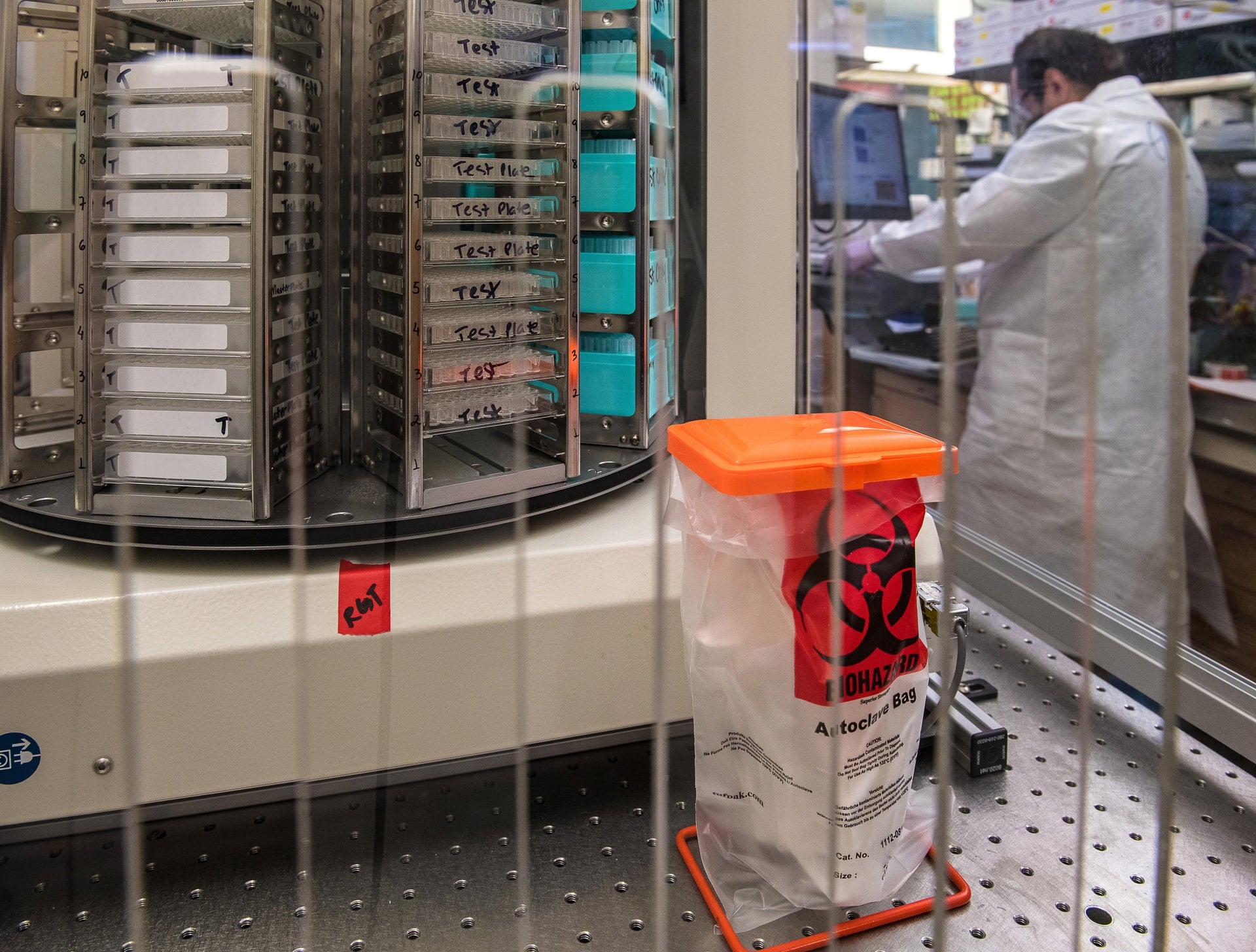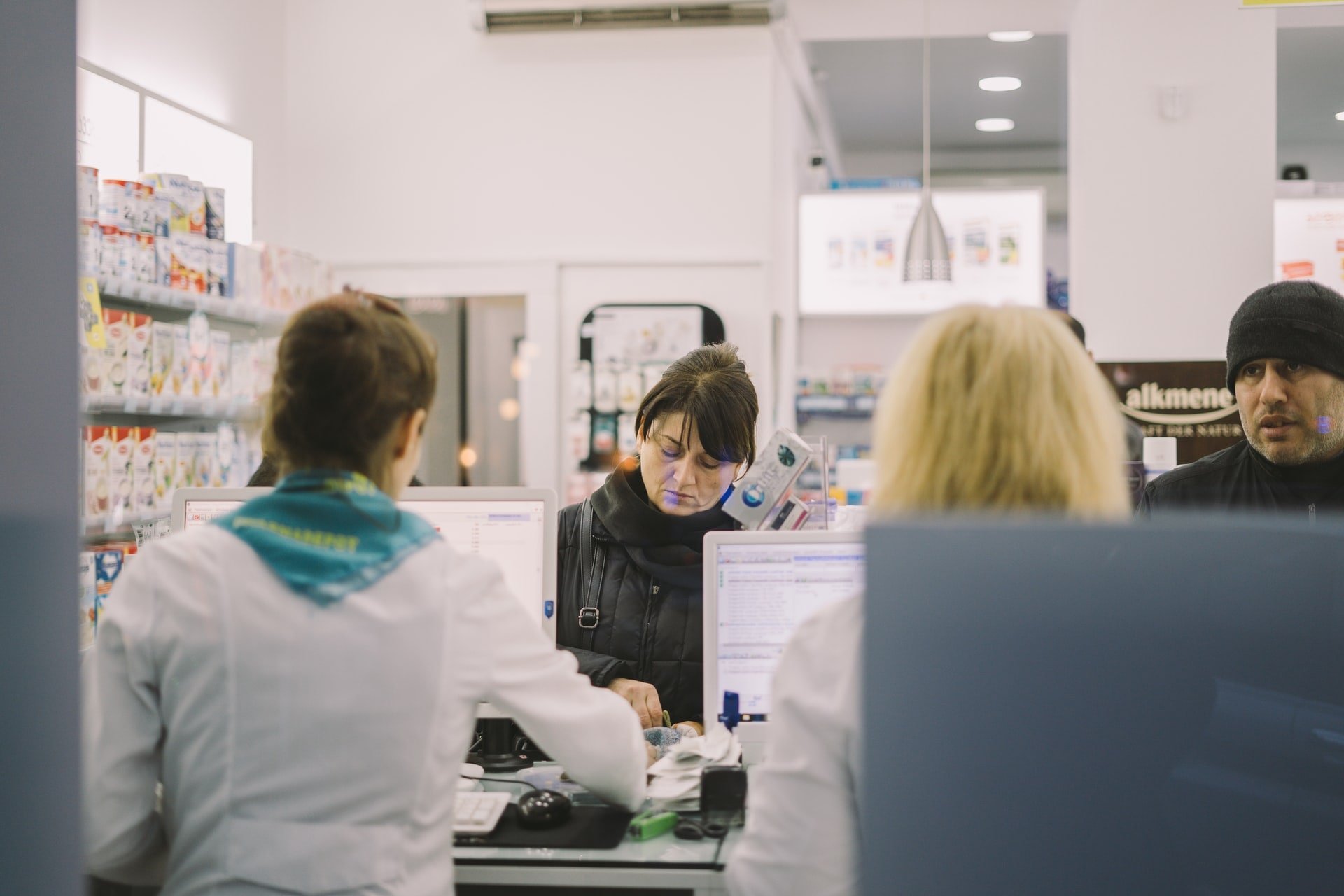It has been a “messy” couple of years for consumer packaged goods (CPG) firms.
First supply chains were disrupted by the trade war between the U.S. and China, then Covid-19 came along and both radically altered consumer purchasing patterns as well as further deepened supply chain headaches.
While things have temporarily improved as a result of U.S. pandemic stimulus measures and Covid-19 vaccine rollout, there’s still no clear indication that this recovery will be durable and supply chain issues will fully resolve any time soon. The new normal for CPG firms is an uncertain landscape, changing conditions, and potentially different buying habits as consumers make durable shifts in spending patterns as a result of their experience during lockdown and beyond.
Read 'Digital Transformation: A Pressing Concern for Manufacturers'
Three Trends in Consumer Packaged Goods for 2024
Three trends emerge in the CPG space as a result of this new normal. These include ongoing high variability in purchasing patterns based on CPG segment, opportunities for small firms to gain market share right now, and overall cost pressures that should exist for some time.
1. Ongoing Purchasing Variability
Roughly 70 percent of consumers say they expect their routines will be disrupted for at least the coming year, according to recent research by McKinsey & Company. This should bring with it continued variability in CPG purchasing.
CPG firms with products that assist with nesting at home and work-from-home environments saw excellent growth over the past couple years, with more absolute growth in 2020 than all of 2016-2019 combined according to KcKinsey. Demand for such products should continue to be strong in the near future even as the world starts to emerge from Covid-19.
Firms that benefit from increased physical store sales or rely on social behavior such restaurant dining also should continue to see increased purchasing as stimulus-flushed consumers buy the things they’ve been missing during lockdown. But the outlook is tenuous, according to McKinsey. Nobody really knows if growth in these segments will continue after the initial flurry of buying activity, but signs tentatively point to ongoing robustness. CPG firms will need to monitor consumer trends closely both on the macro-level and within their business.
2. Opportunity for Smaller CPG Firms to Gain Market Share
One interesting trend that has been taking place over the past year and looks to continue is the opportunity for smaller CPG firms to gain market share as a result of the disruption in buying patterns.
The opportunity comes from increased consumer willingness to try new products during the pandemic, with as high as 76 percent of consumers experimenting with new brands they found online according to a recent study. The study found that 37 percent tried new brands, and 26 percent tried new private-label brands.
This has helped smaller CPG firms raise their combined market share from 18.2 percent of overall CPG spending in 2019 to 19.2 percent by the end of 2020. Smaller firms that market heavily online and take advantage of the major eCommerce marketplaces should continue to see positive results in 2022 and beyond.
3. Continued Cost Pressures
This good news for smaller CPG firms is tempered by higher costs, something that is expected to continue throughout 2023 as supply chain challenges, increased input costs, rising shipping fees and manufacturing disruptions continue to play out.
For many CPG firms, costs have increased by as much as 50 percent, according to McKinsey research—although it varies greatly by segment. The three areas that have been bringing the biggest cost increases and should continue to play havoc with margins include higher wage pressures, increased transportation costs, and overall increased warehousing costs as a result of higher labor costs.
CPG firms that thrive in 2023 will have to keep a close eye on operational costs and stay nimble to maintain margins. This includes having deep redundancy in supply chain networks, real-time awareness as costs shift, and good visibility into sales patterns. Maintaining margins will be tricky for CPG firms this coming year.
Nimbleness and Visibility Are Key
The keys for navigating the above trends and thriving in the current environment come down to operational nimbleness and real-time visibility. CPG firms that have deep visibility into operations and supply chains, and are able to constantly adjust to changing conditions, will be best positioned for handling the messiness and variability of the next couple years.
In particular, CPG firms need to keep a close eye on their eCommerce footprint and customer behavior, then adjust as consumer behavior evolves.
A few key questions that CPG firms should be asking themselves include:
- How do we evaluate supply chain risks and add redundancy?
- Where are there opportunities for increased automation to mitigate higher labor costs?
- Where are there holes in operational visibility, and how can these be reduced?
- How much real-time visibility is present today, and how can it be increased?
- Are business processes optimized for nimbleness, and where could they be improved?
If CPG firms can master nimbleness and visibility, the outlook appears bright. But without these two key capabilities, 2024 and beyond could be a bumpy road.
Check out SAP ERP for Consumer Product Manufacturers and Distributors here.








